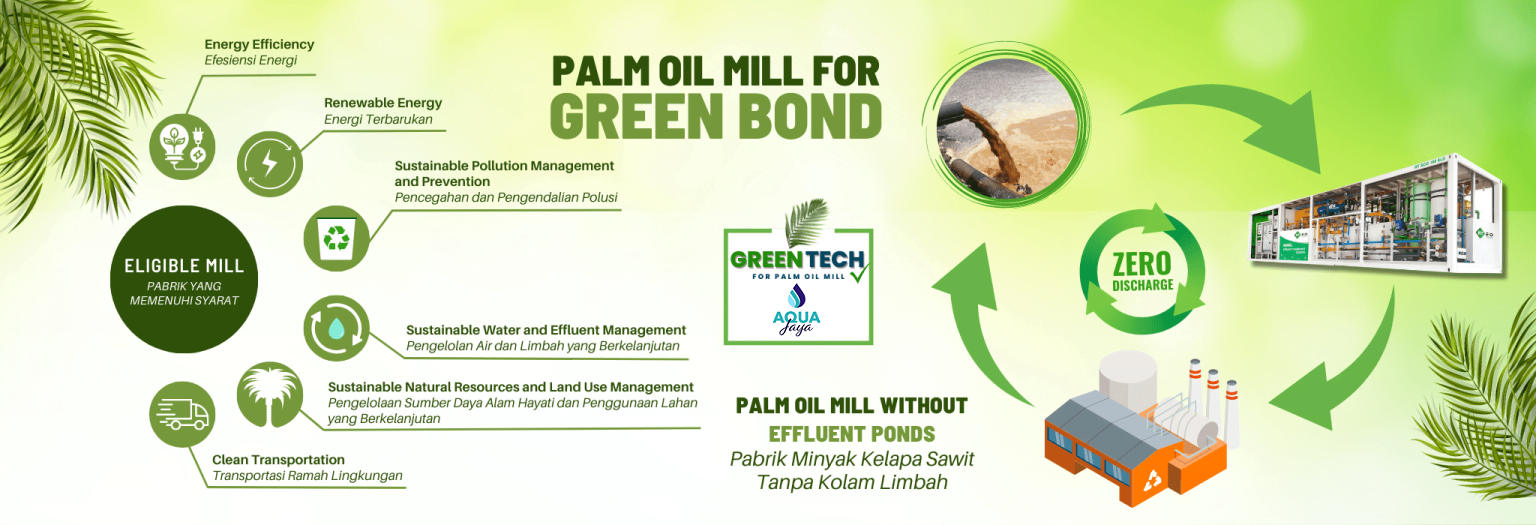Green Bonds
What are Green Bonds?
Green bonds are financing that has been regulated in OJK Regulations or POJK Number 60/POJK/207.
The definition of a green bond is a debt security where the proceeds from its issuance are used to finance part or all of Environmentally Friendly Business Activities (KUBL).
What is meant by KUBL is business or other activities with the aim of protecting, repairing or increasing the quality or function of the environment.

Several forms of KUBL funded by green bonds are as follows.
- Renewable energy
- Energy efficiency
- Sustainable land use
- Sustainable water and wastewater management
- Sustainable management of biological natural resources
- Conservation of terrestrial and aquatic biodiversity
- Environmentally friendly transportation
- Pollution prevention and control
- Climate change adaptation
- Business activities and/or other environmentally friendly activities
Benefits of Green Bonds
As for investors, the advantages of investing in green bonds are as follows.
1. Support environmentally friendly projects.
• Through the issuance of green bonds, the government encourages investors’ efforts to contribute to the environment.
• As previously mentioned, the funds raised from these bonds will be used for green projects in Malaysia.
2. Get Passive Income
• In bond investments, investors will receive returns in the form of coupons every month until maturity.
• In general, the coupon amount refers to the reference interest rate. • If you invest in green bonds with a floating rate coupon, the potential return will be higher than the coupon at the time of release when the benchmark interest rate increases.
• Apart from that, investors also have the potential to gain capital gains. Therefore, investors often optimize bonds as an alternative source of passive income.
3. The Right Choice for Beginner Investors
• Another advantage of green bonds is that they have a relatively short maturity period (tenor), namely around 2-5 years.
• That way, the shorter the maturity period, the smaller the potential risk.